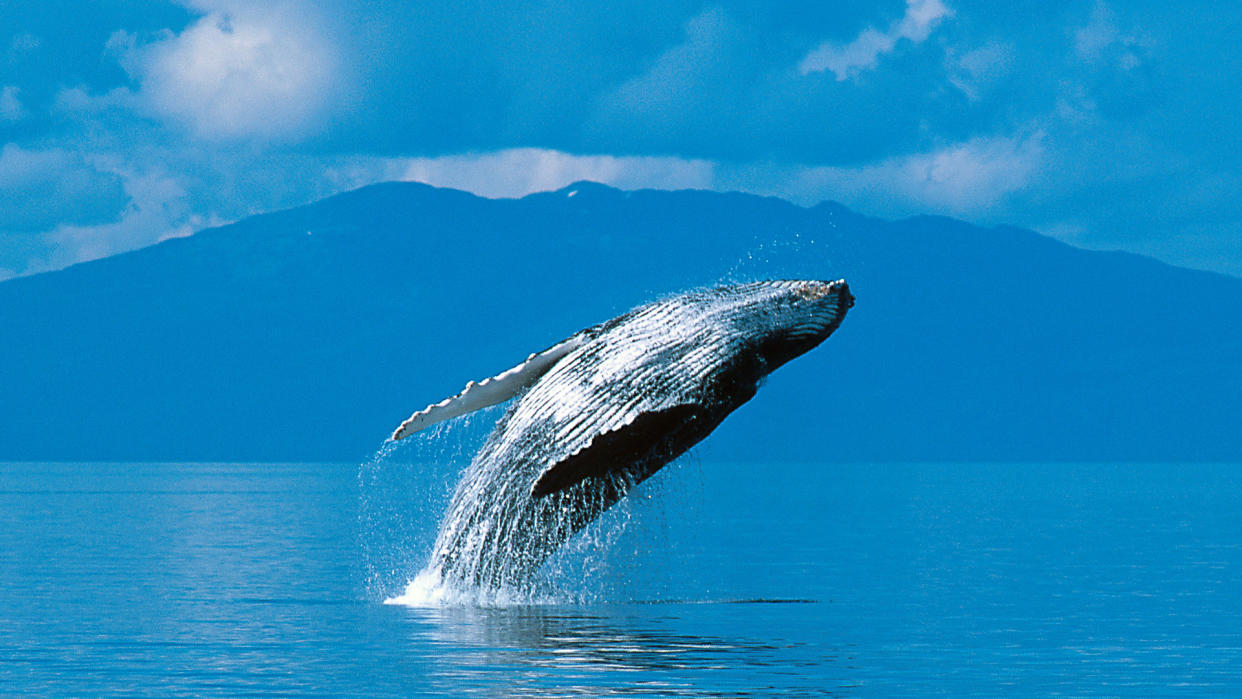These Animals Bring in Billions of Dollars Each Year

Though we never think of animals having a net worth, some have tremendous ecological and economical contributions to our planet. For Earth Day, we’ve spotlighted some important animals that are doing wonders to protect the planet and harvest our food — as well as how the dangers these animals face are being addressed.
Find Out: How Endangered Species Are Responsible for Trillions of Dollars in the Global Economy
Whales
The whale is the largest living being on earth, and its financial contribution is quite large as well. One average great whale is said to be worth $1 million, and the total amount of whales swimming today have a value of more than $1 trillion. Their value is partly derived from tourism and fishery, but is mainly based on their ability to capture carbon dioxide. During their lifetime, the average whale accumulates 33 tons of carbon. Carbon is one of the main contributors to global warming through the greenhouse effect, and the more ways we can reduce the amount of carbon in the world, the healthier the planet is.
Consequently, scientists want to increase whale populations to help protect earth from the effects of global warming. However, due to whaling–the hunting of whales for their blubber and meat–their population has dwindled. Scientists estimate that with whaling now on the decline, whales might reach their pre-whaling population numbers in the next 30 years.
Discover: 8 Jobs That Are Helping To Fight Climate Change
Bees
Between $235 and $577 billion worth of annual global food production is possible due to bees. Honey bees alone are worth $20 billion. These types of bees are able to pollinate a vast number of plants and hold a role in the production of everything from almonds to squash, and of course, honey. In 2013, the honey crop on its own was valued at more than $300 million.
Though honey bees are the big moneymakers, industrious and native bees–valued at about $4 billion–partner with honey bees to bring in more cash crops like alfalfa and citrus fruits. Bees called “The Little Midge” are essential to obtain the fruit of the cacao plant, making these insects crucial for the chocolate industry. Their value is said to be about $5.7 billion.
Helping the Earth: How Animal Conservation Can Save the World Money
Sharks
The ocean dwellers we’re so afraid of can be worth up to $2 million each. This is primarily due to diving tourism, but there is a hunting element as well. Though some countries have banned the practice, millions of sharks are still killed each year for their fins. This trade by itself can be worth more than $1 million in certain communities like Palau.
Similarly to whales, sharks also play a role in carbon control. Because sharks have a knack for herding marine life under the sea, they prevent overgrazing of seagrass, which is responsible for capturing carbon 35 times faster than tropical rainforests.
Socially Responsible Investing in 2021: How Can You Invest Responsibly?
Bats
Bats are farmers’ best friends. Bats feed on insects, which saves farmers $1.7 million on pesticides on average, and help bring in $3.7 billion each year in North America. It was estimated that as many as 1.5 million bats come out at night to eat insects–and that was just in one region in Texas. These millions of bats and their appetites are responsible for the successful growth of crops like cotton, nuts and rice. In addition, bats help generate the $1 billion corn brings in every year thanks to their protection of the stalks.
The biggest threats to bats are white-nose syndrome and wind turbines. White-nose syndrome is caused by a fungus that attacks bats while they hibernate, but researchers have found bacteria like probiotics help prevent or curb the severity of the disease.
Read More: Rising Sea Levels Are Hurting Home Values in These 40 Cities
Bivalves
Bivalves (oysters, clams and other shellfish) deliver an environmental value of $1 billion to the U.S. each year. Bivalves filter water to gather nutrients used to make their shells. During this filtering process, the bivalves naturally purify the water and specifically protect water from nitrogen pollution. Too much nitrogen can destroy underwater ecosystems and kill plants and animals alike. In a study done in Greenwich, CT, removed 38% of nitrogen from fertilizer use and 51% of nitrogen from septic sources.
More From GOBankingRates
Money’s Most Influential: Where Do Americans Get Their Financial Advice?
‘Rich Dad Poor Dad’ Author Robert Kiyosaki: You Should Never Say ‘I Can’t Afford That’
This article originally appeared on GOBankingRates.com: These Animals Bring in Billions of Dollars Each Year
